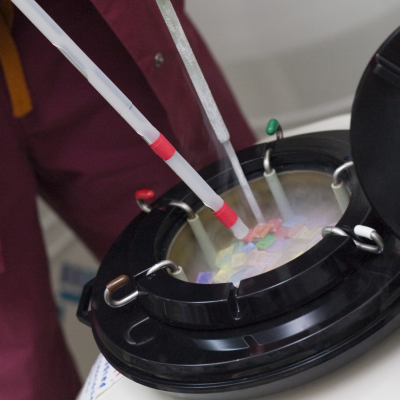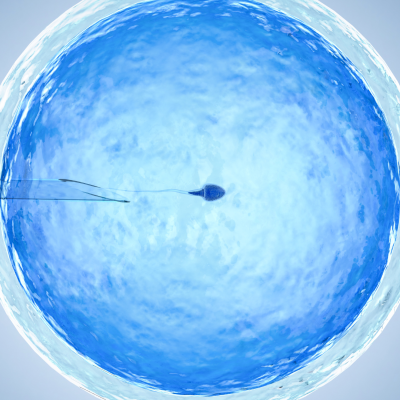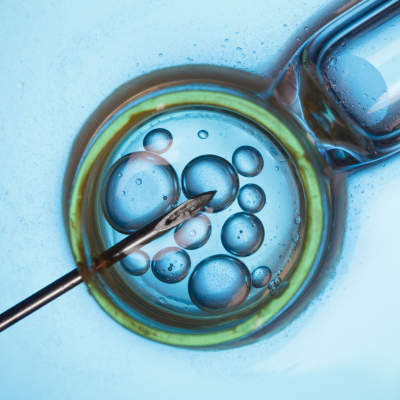Reversible Tubal Ligations
The fallopian tube is the organ where sperm fertilizes an egg. Before this can occur, the tube must first “pick-up” an egg from the ovary following ovulation using its distal finger-like projections called the fimbriae. The egg then waits in the tube until sperm arriving from the uterus fertilizes it into an embryo. In a tubal ligation, the middle portion of the tube is burned (cauterized), burned and cut, tied and cut, clipped, or banded, essentially preventing sperm from meeting the egg and thus preventing pregnancy from occurring. The following are the most common types of reversible tubal ligations:
Postpartum Pomeroy (or Modified Pomeroy) Procedure
This is the most common tubal ligation performed in the postpartum period: immediately after delivery of the baby at the time of cesarean section or within 24-48 hours of giving vaginal birth. In this procedure, a loop of the middle portion of the tube is picked-up and tied at the base. The loop is then cut out, resulting in removal of approximately 1.5 cm of the middle portion of the tube. The nature of this type of tubal ligation invariably foreshortens the tube, however, reversing the Pomeroy procedure is highly successful in the vast majority of cases.
Interval Tubal Ligation
Interval tubal ligations refer to those tubal ligations that are not performed in the immediate postpartum period, but rather are done weeks to years following delivery of a baby. An interval tubal ligation may be performed by laparoscopy (most common) or by a minilaparotomy. In a laparoscopic tubal ligation, a small hole (typically 5 mm) is introduced in the belly button (umbilicus), through which a camera is inserted. Another 5 mm hole is introduced in the patient’s middle lower abdomen (just below the pubic hair line). The lower hole allows insertion of an instrument with which each fallopian tube is “tied”. Tying of the fallopian tube via a laparoscopy can be accomplished using a variety of different methods:
- Cauterization – application of intense heat (burn) to the middle portion of the tube to achieve scarring of the tube and occlusion. In this technique, physicians will often burn 2-3 adjacent segments of the tube which leads to damage of approximately 3-5 cm.
- Cauterization and cutting – the tube is burned and the burned portion is further cut in the middle to insure complete transection of the tube. As with the standard cauterization technique, the total length of tube which is damaged here is 3-5 cm.
- Clip application – application of a plastic clip (called a Hulka clip or Filshie clip) to the middle portion of the tube. For added safety, occasionally 2 clips are placed immediately adjacent to one another in the middle portion of the tube. This technique is least damaging to the tube and often only affects 1-2 cm of the tube. Reversing this type of tubal ligation often results in an excellent final tubal length. Unfortunately, reversing this type of tubal ligation is not as simple as removal of the clip(s), since the clipped portion of the tube is densely scarred and damaged.
- Band application – application of a small rubber band (called a Fallope ring) around a loop of the middle portion of the tube. The loop is not cut however, the tube is foreshortened by approximately 2-3 cm. As in the clip application, reversing this type of tubal ligation is more complex than simply removing the rubber band, since the banded portion of the tube is densely scarred and damaged.
- Fimbriectomy – removal of the distal end of the tube, the fimbria. With this technique the tube is unable to pick up the egg because it is missing the finger-like projections which specialize in this task. Reversing this type of tubal ligation is challenging but possible, requiring a microsurgical technique called a fimbriectomy reversal where new distal tubal projections are created.
- Salpingectomy – removal of the entire tube. This type of tubal ligation is not reversible.
When a minilaparotomy is performed, a small incision, typically approximately 5-7 cm (2-3 inches) is made side-to-side in the middle of the lower abdomen (just below the pubic hair line). Most commonly, the tubes are next tied using the Pomeroy method (see above). However, any of the above methods used in laparoscopic tubal ligations (see above), may also be employed. Additionally, more complex types of tubal ligations involving cutting of the tube and “burying” of the proximal and/or distal segments within adjacent tissue (Irving method, Uchida method), may also be performed. With the advent of laparoscopy, over 20 years ago, performing a minilaparotomy (considered a more invasive procedure) has fallen out of favor and is, today, quite uncommon. Irrespective of the approach, laparoscopy or minilaparotomy, the vast majority of tubal ligations are reversible.
















